Blanchard’s Cricket Frog - these small (about 1 inch), warty-skinned amphibians were quite common.
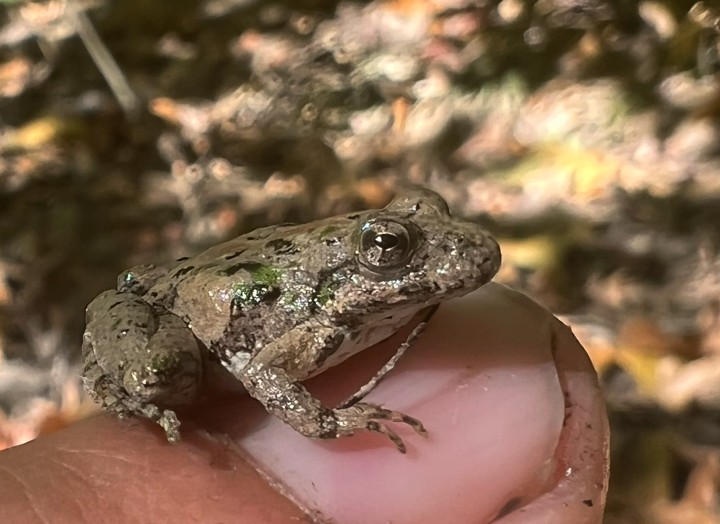
Red-eared Sliders basking on a log. Some, like the one in the foreground, become dark with age and lose their color and pattern.
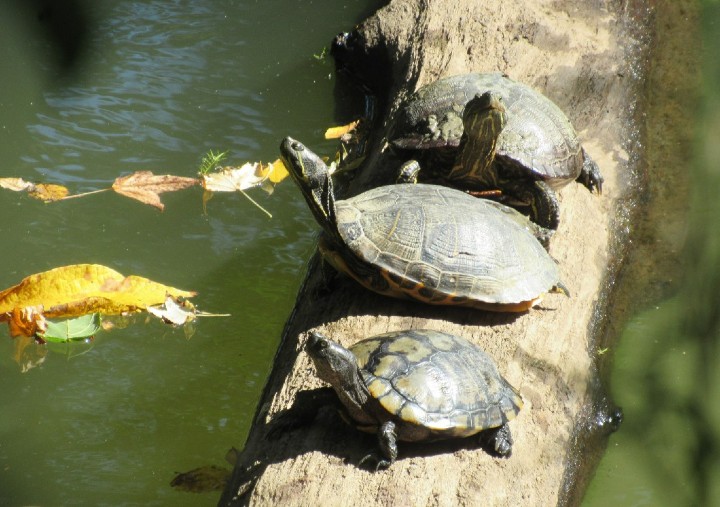
The Central Newt’s habitat is woodland ponds, swamps and occasionally water-filled ditches.
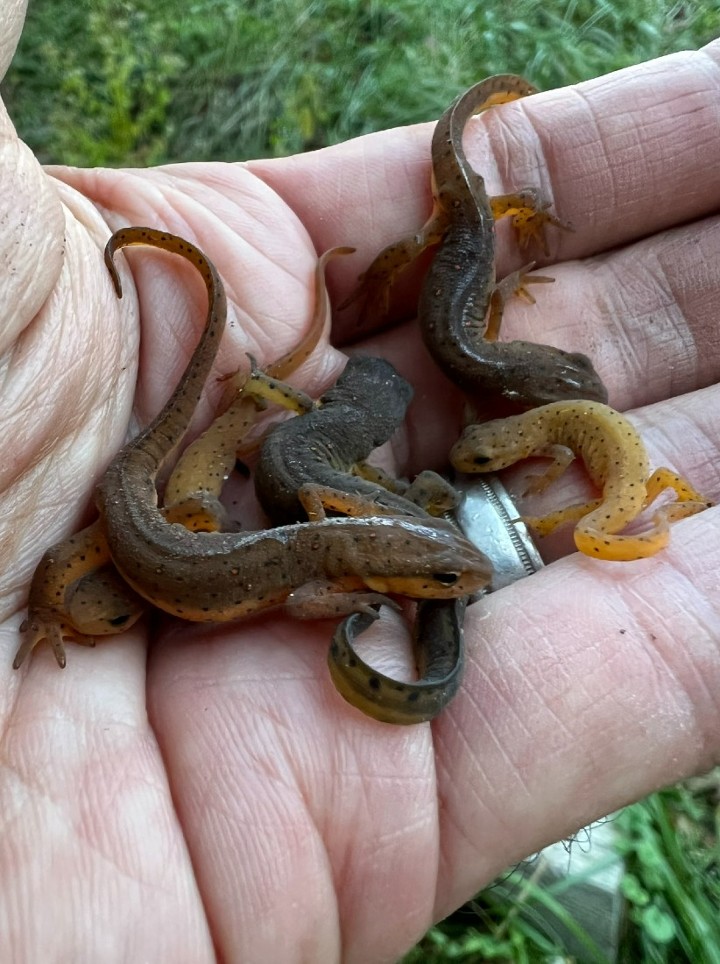
Blanket Flower.
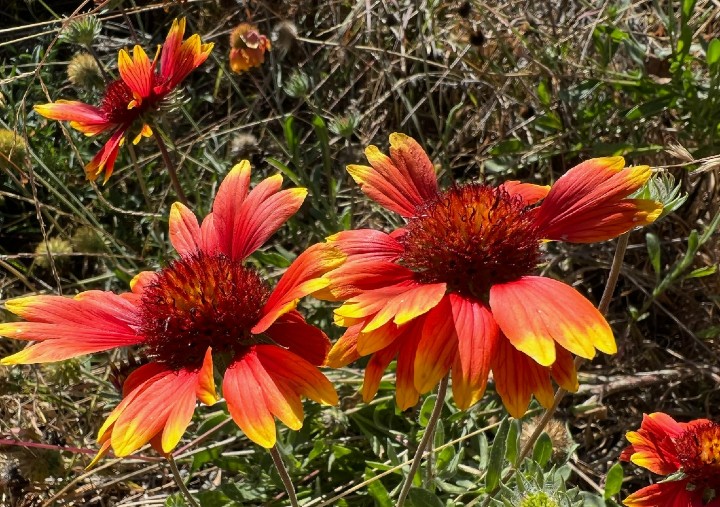
The DeKay's Brown Snake is often mistaken for a baby Garter Snake. It is usually less than a foot long and mainly eats worms and slugs.
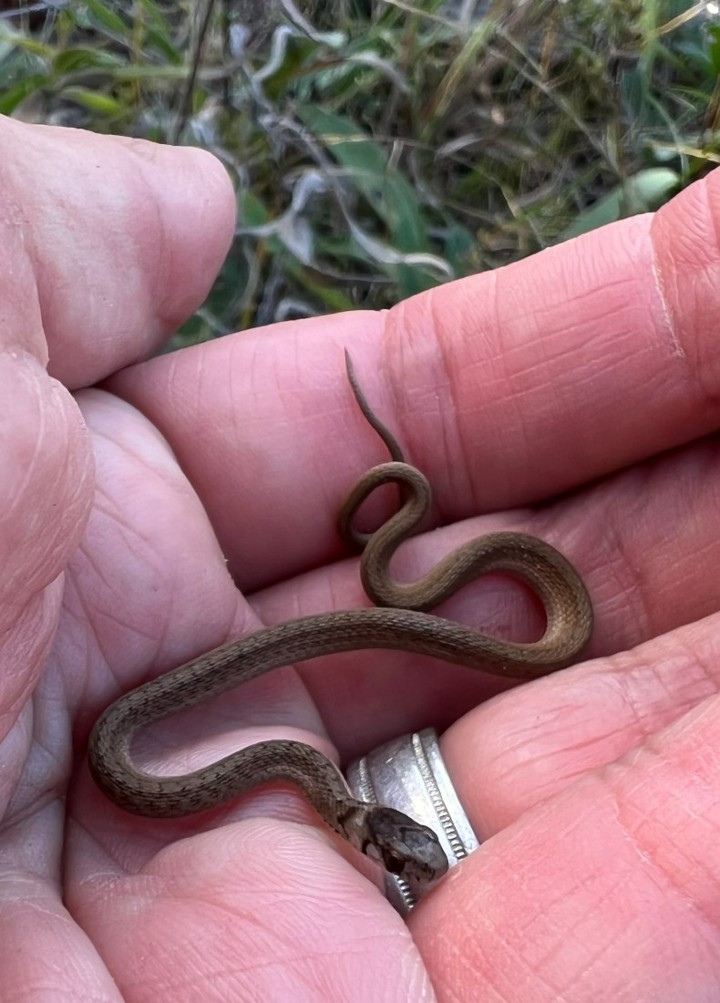
Herp habitat in Union County, Illinois.
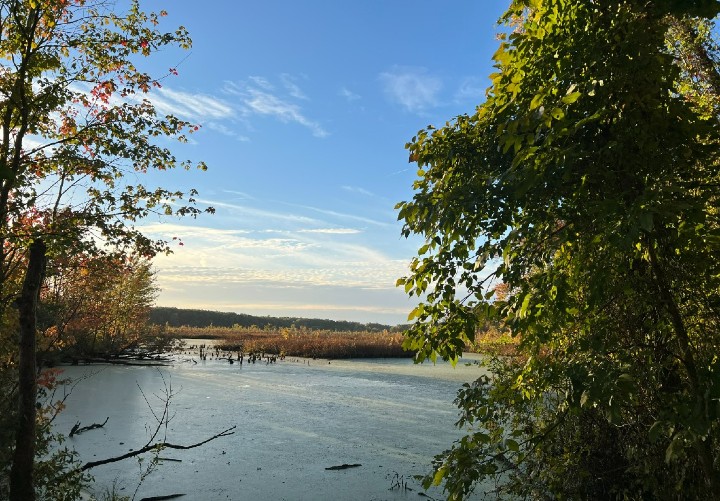
A Cottonmouth on Snake Road.
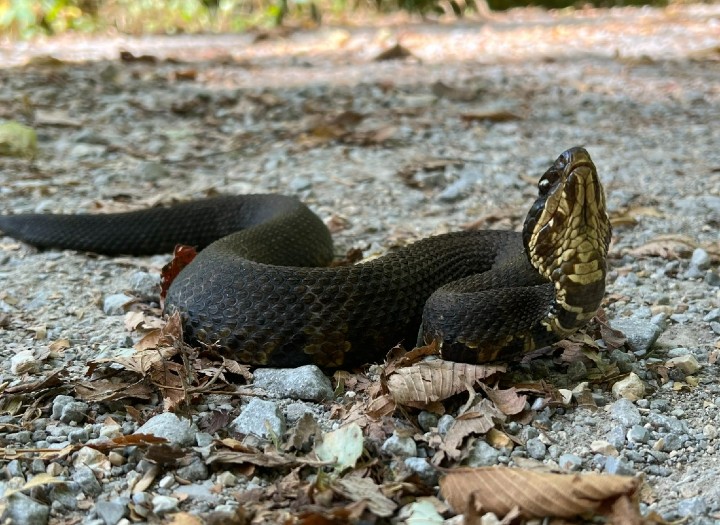
Green Frogs tend to stay close to the water’s edge, ready to leap in (and often give a squeak) if they sense danger.
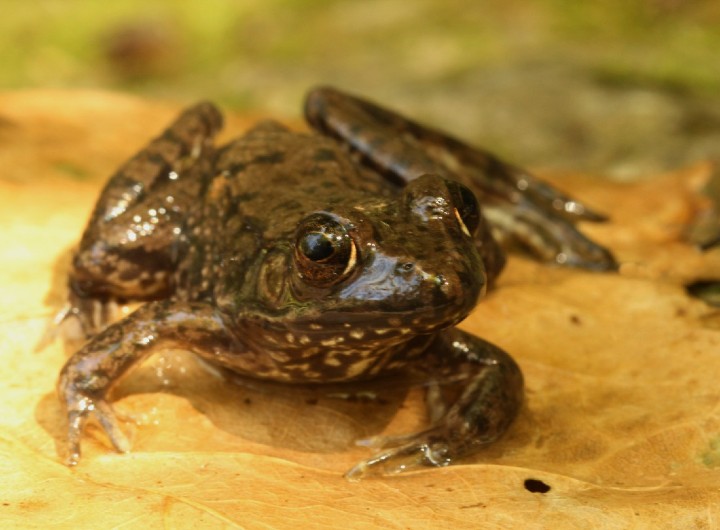
The diet of the Western Ribbon Snake consists mainly of amphibians, including frogs, toads and salamanders. It also consumes fish.

The Cave Salamander’s diet consists mostly of small insects and other invertebrates.
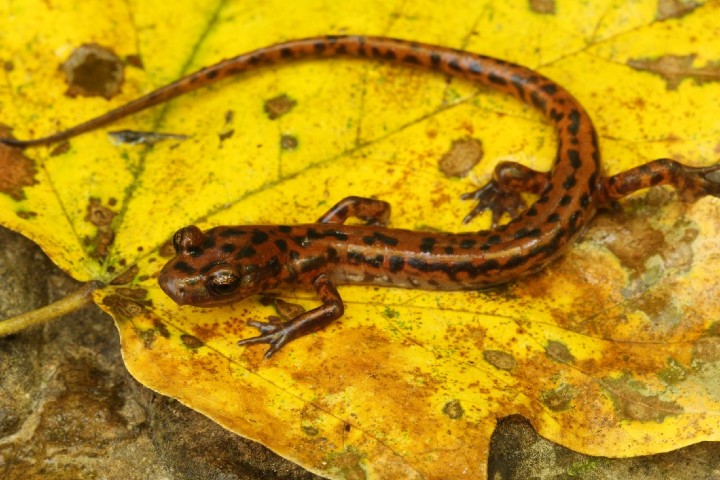
The Rough Green Snake is frequently found climbing in low vegetation, where it blends in quite well – it is often overlooked because how well it can match its surroundings.
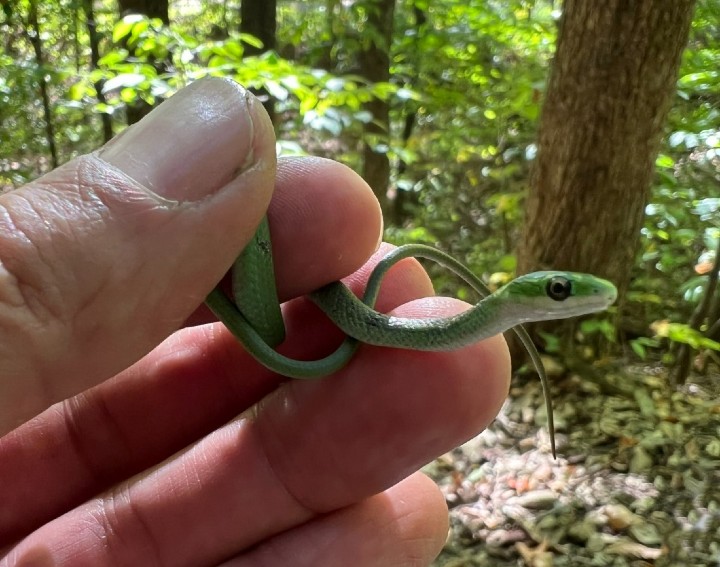
Water Scorpion.
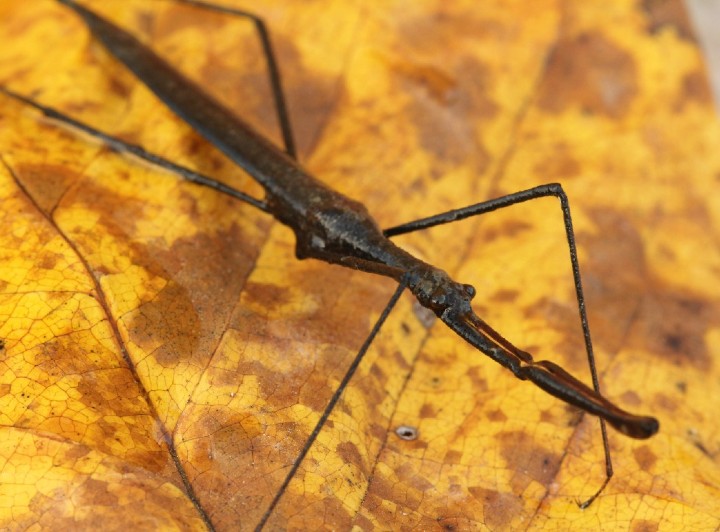
Young Cottonmouths can be quite colorful compared to adults.
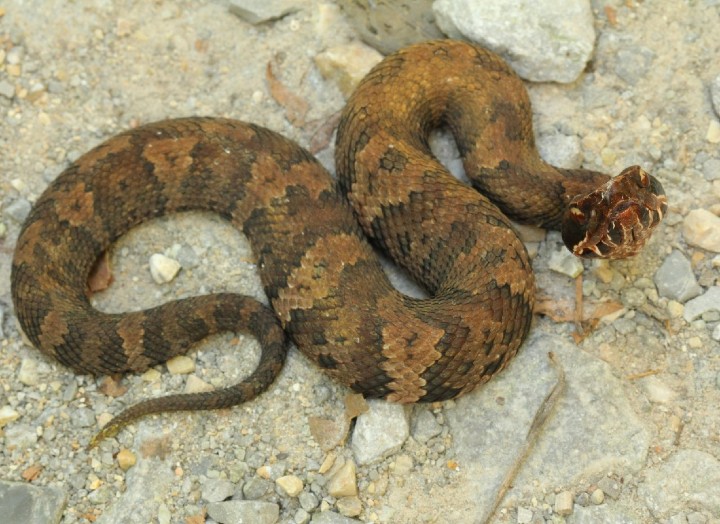
American Bullfrogs are rarely seen far from the water’s edge and are usually in the water.
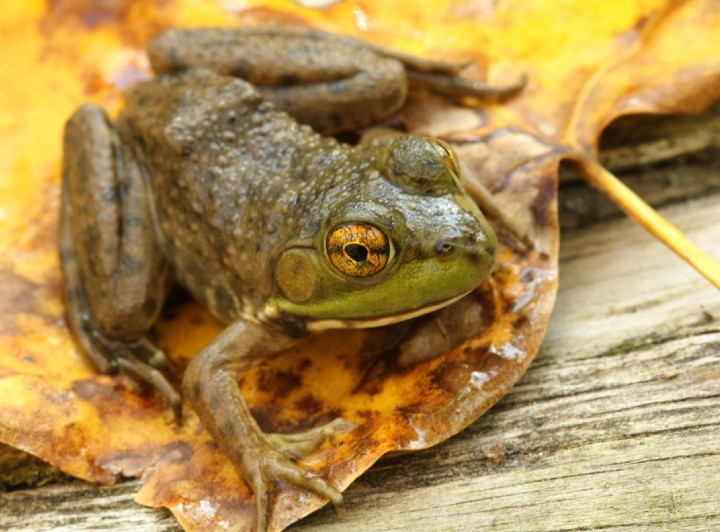
Mississippi Green Water Snakes prefer large, permanent bodies of water, especially in open country and around open cypress lakes and marshes.
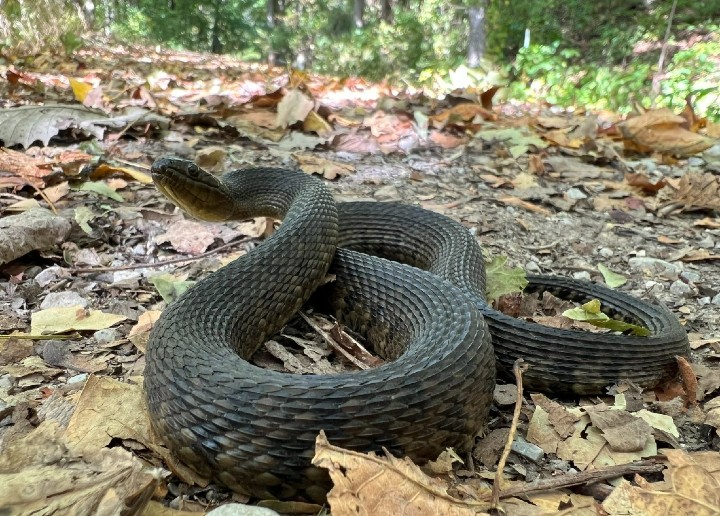
Green Treefrogs are sometimes called rain frogs. Some people think that they are good indicators of rainy weather because they call loudest during damp weather.

The Slimy Salamander is lungless, so damp conditions are essential, because it breathes through its moist skin.
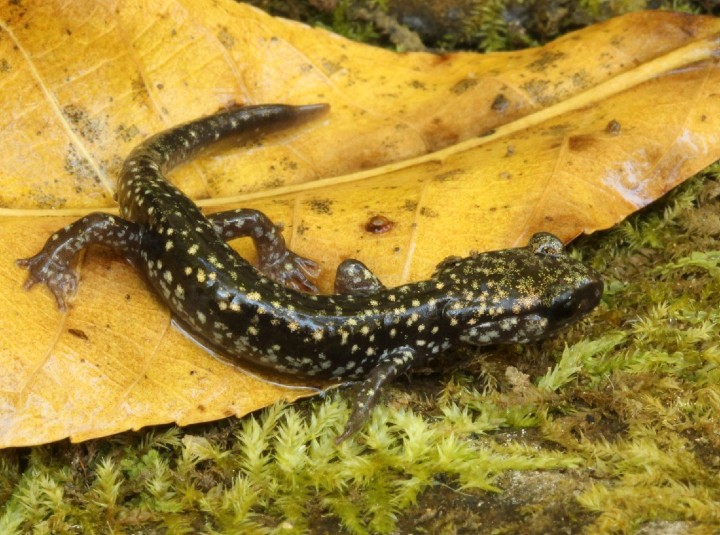
Rough Green Snakes feed mainly on insects and spiders and are particularly fond of caterpillars.

The Wheel Bug is type of Assassin Bug, they are predators upon soft-bodied insects. They feature a wheel-shaped structure on their backs; it is the only insect species in the United States with such a crest.
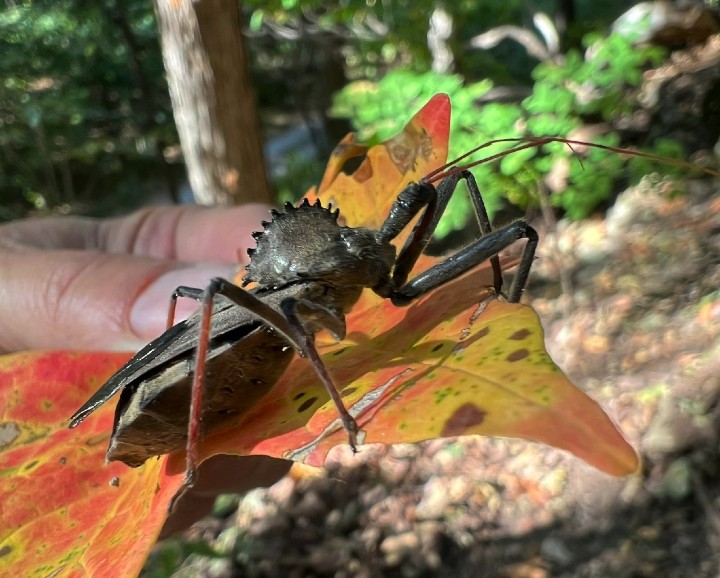
The Smooth Earth Snake is found in a variety of forested habitats with plenty of ground cover, but is most common in moist deciduous forests and edge habitats.
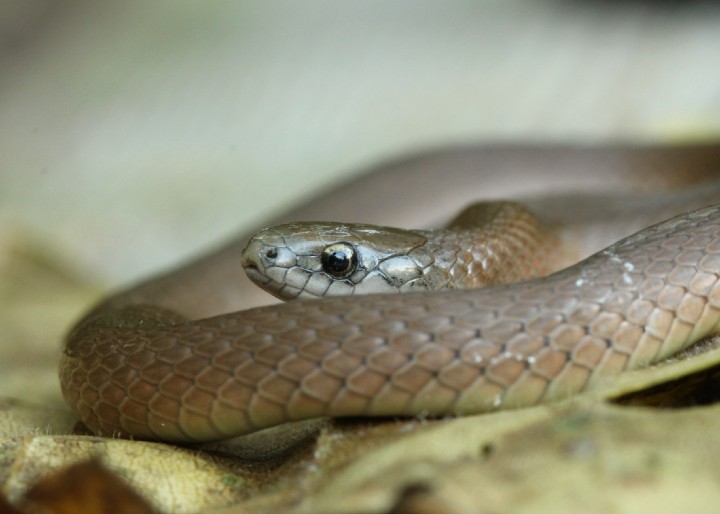
The Blanchard’s Cricket Frog is usually found in the open sandy or muddy areas around streams and ponds.
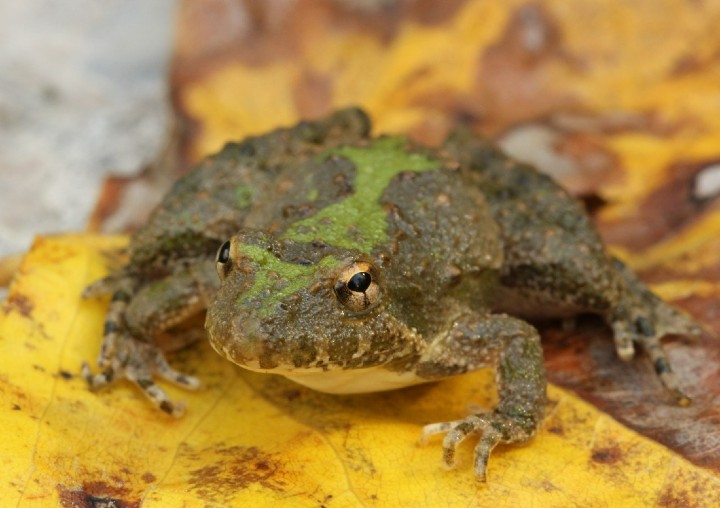
Click here to see Part 4
|